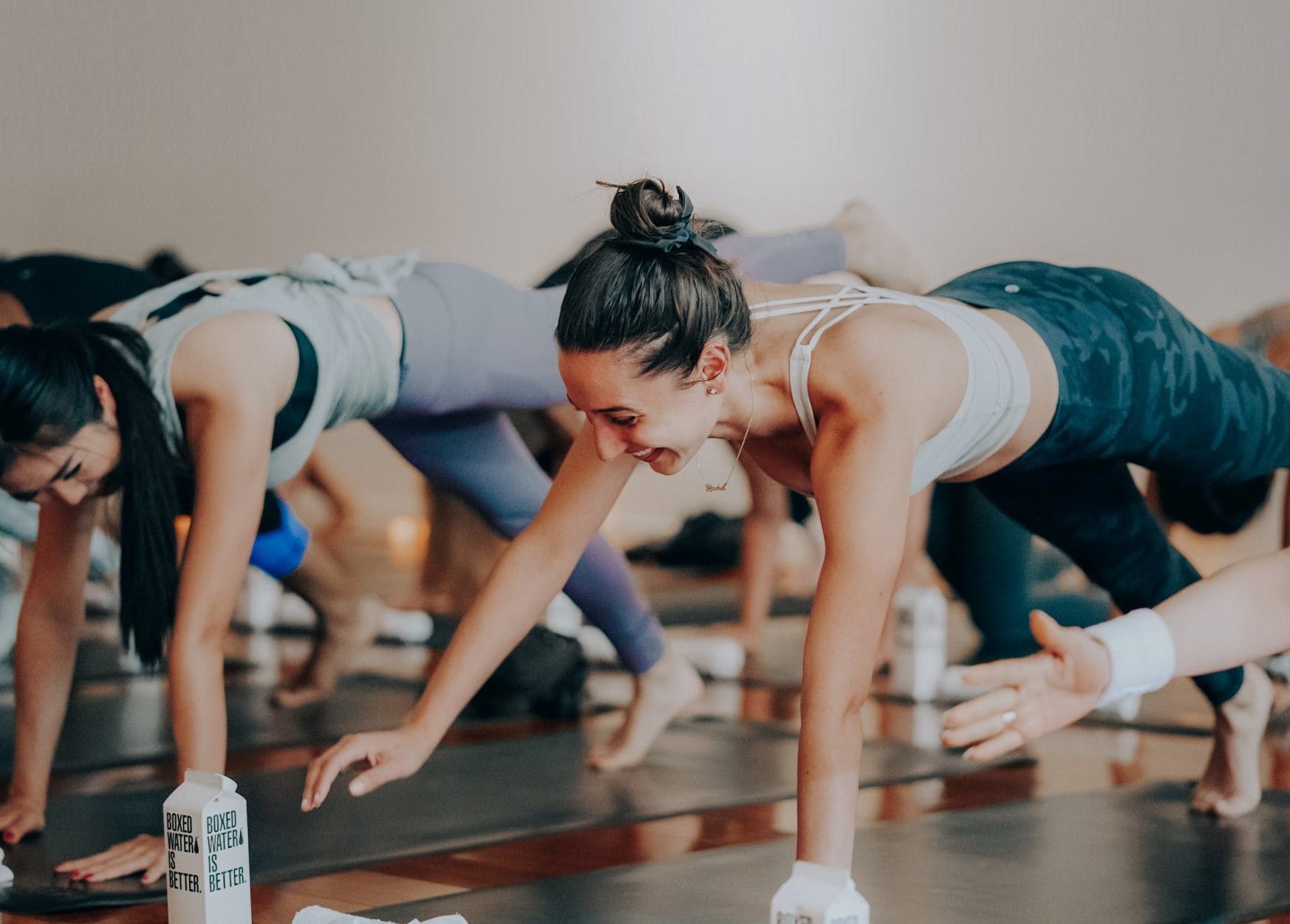by Camille Chin | April 16, 2020
Attention retail industry: brick-and-mortar stores aren’t primarily for products anymore; they’re for “brand experiences.” Technology (among other things) has changed the way we shop; today we browse and buy online from our home, work and even during our commute. Speed, convenience and now safety, it seems, has overpowered, well, everything.
COVID-19 will pass and, because we’re social creatures, people will likely return to malls. But busy people will have to be drawn into physical stores, especially if the idea that it’s safer to stay home is hard to shake. Retailers will have to deliver shopping experiences that can’t happen on websites. The answer may be Experiential Retail, but what does Experiential really mean and how do brands create it?
Shareable Experiences
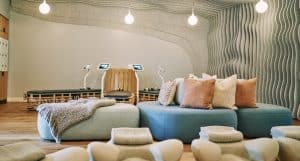
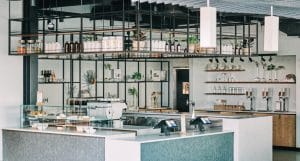
Lululemon does this well. The first Lululemon Experiential Store opened last July in Chicago’s Lincoln Park; the second last November in Minnesota’s Mall of America.
In addition to HIIT and yoga classes, the Experiential Stores feature rentable “Grow” spaces for meditation, locker rooms for men and women, and a Fuel bar for smoothies, salads, Beyond Meat burgers and even beer. There’s merchandise too, including one-of-a-kind pieces, and customers can test out some items during workout sessions before buying. Both the Chicago and Minnesota Experiential Stores are about 20,000 square feet or the size of four NBA basketball courts.
Lululemon immerses people in their brand and culture, and showcases, often through shareability, what makes them unique. Lululemon has said that by 2023 10 percent of all its physical spaces will be experiential; online retailers can’t compete with that.
Customer Engagement
Fact: one in five restaurant meals in China is a hotpot (a steamy, simmering bowl of communal broth served with raw veggies, noodles and thinly sliced meat, you know, à la fondue). Also fact: Chinese women tend to avoid hotpot in summer to spare their makeup.
L’Oreal and Chinese hotpot isn’t an obvious partnership, but when the French cosmetics company learned that women were avoiding hotpot to literally, ahem, save face during warmer months, they created the ultimate beauty stress test.
At the end of March, L’Oreal invited women in post-quarantine China to Dian Tai Xiang, a popular and busy hotpot chain, to try their Infallible Cushion powder makeup before a meal. Participants were entered into a contest afterwards based on their social media activity and reviews. The result: 1.5 million women engaged with the experiential campaign, which was designed to drive authentic conversations among customers. Bonus: L’Oreal sales rose 30 percent.
Playing to the Senses
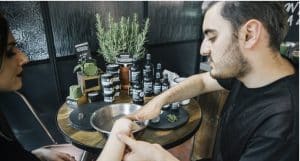
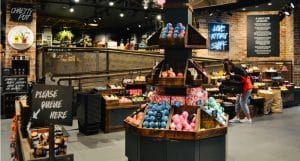
Multiple studies have suggested that activating your customers’ senses entices them to linger longer in physical stores and make purchases. Activating the senses also makes your brand and its products memorable.
Consider Lush Cosmetics. The British retailer specializes in handmade face and body products that are 100% vegetarian. The company’s commitment to “naked” products means that 35 percent of its merchandise is free of packaging. Lush invites customers to pick up, smell and, in some cases, taste their products, and associates are eager to demonstrate what Black Ninja or, say, Floating Flower bath bombs will do in an in-store sink.
By encouraging shoppers to interact with products, businesses create experiential opportunities for discovery and excitement. Holding a product can even drive feelings of ownership (the “endowment effect”), which may intensify the need to posses and purchase it.
Special In-Store Events
World Sleep Day was on Friday, March 13th this year and to celebrate Ikea hosted — what else? — a sleepover. Furniture (and meatball) aficionados were invited to enter a raffle for the Swede Dreams event. Winners spent the night in the Brooklyn or Costa Mesa, California retail space.
The sleepover featured an Insomniac Lounge with videos and sounds designed for better sleep, and a Silent Disco for a personalized, headphone-isolated party. At previous sleepovers in Australia and the UK, winners could select their mattress, sheets and pillows.
The best in-store experiential events are an authentic extension of a brand’s identity: a book signing at a bookshop, a cooking demonstration at a kitchen store, a makeup launch with tutorials at a cosmetics store. Experiential events give customers a fun and practical reason to go to a store.
Localization
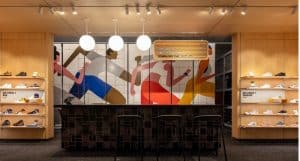
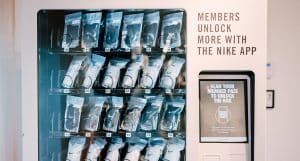
Nike Live Melrose opened in July 2018 in Los Angeles; Nike Live Long Beach and Nike Live Tokyo opened in October 2019. The smaller, digitally-enabled and service-oriented stores are exclusive to NikePlus loyalty members and they cater to local tastes.
Nike Live Melrose, for example, prioritizes runners and trainers while Nike Live Long Beach is a gathering spot for activities and events. Nike Live Tokyo is located near a busy commuter station so it features flashing news tickers with product updates for passersby in a rush.
All Live stores offer city-specific styles based on data and 25% of their merchandise rotates every two weeks — a Nike first. Associates can be reached via text to set up exchanges, returns or curbside pick-up. Free gifts can be redeemed at product machines by scanning smartphones. Live stores have a Dynamic Fit Zone with dressing rooms for apparel consultations, a Trial Zone with treadmills to put products to the test, and Nike Express Sessions for 30-minute, one-on-ones.
Experiential Retail doesn’t mean the same for every brand and retailer. Experiential Retail does, however, give every brand and retailer exciting ways to establish themselves as more than just a product.
